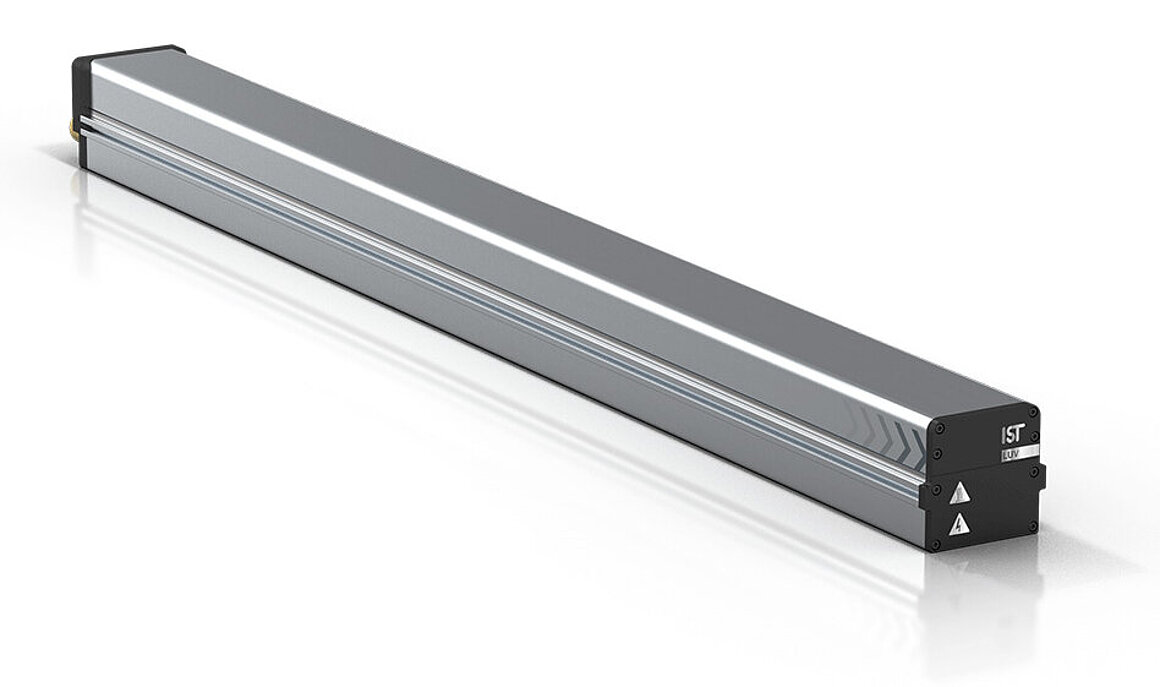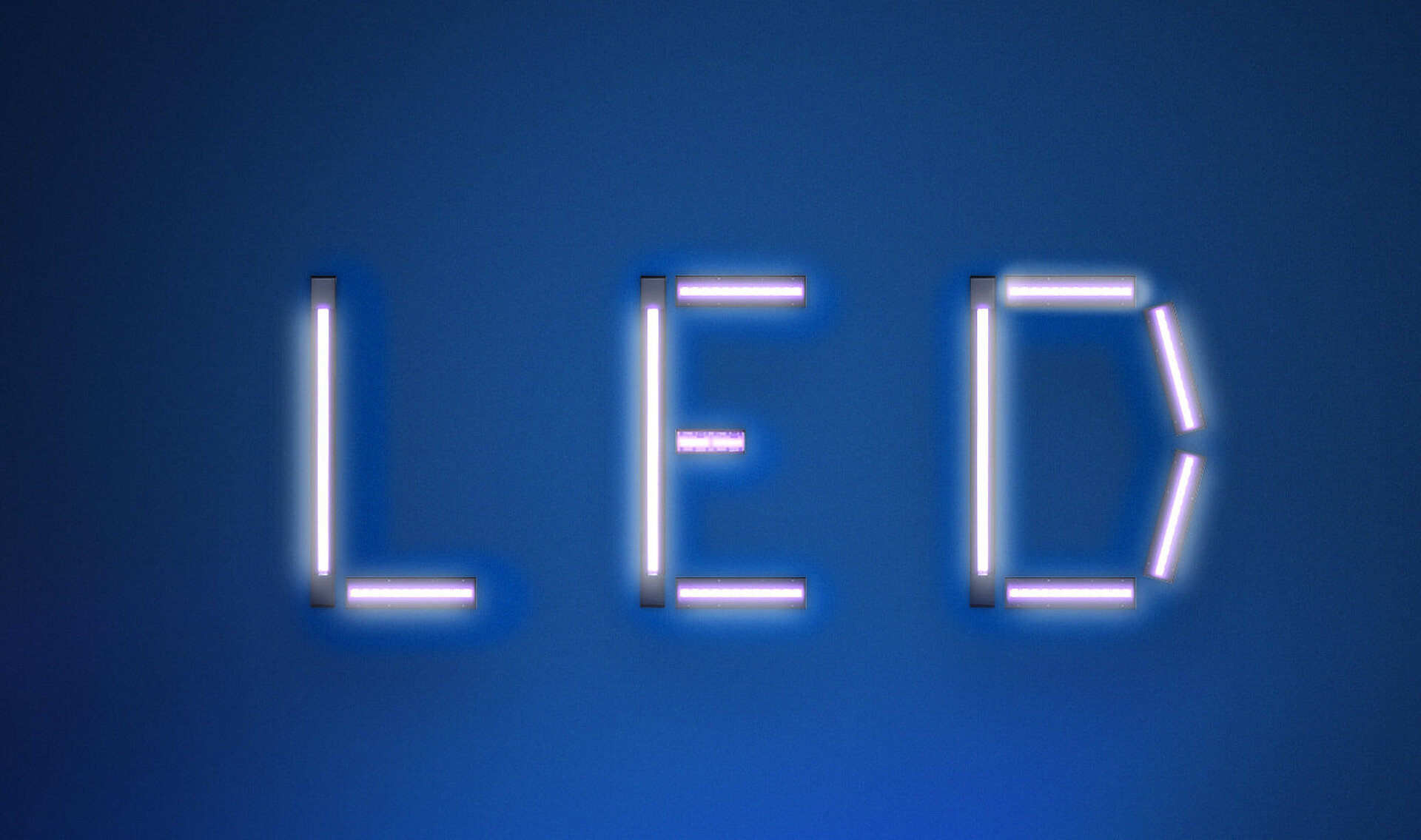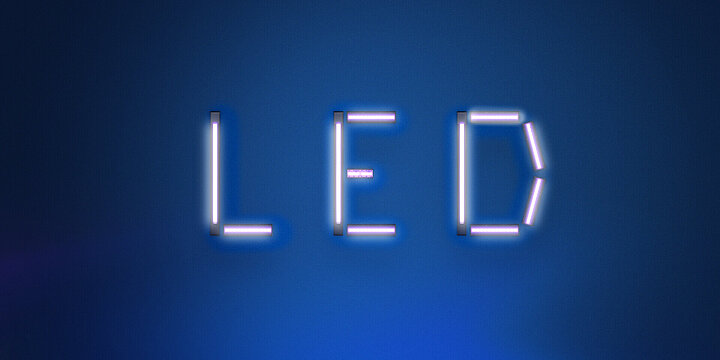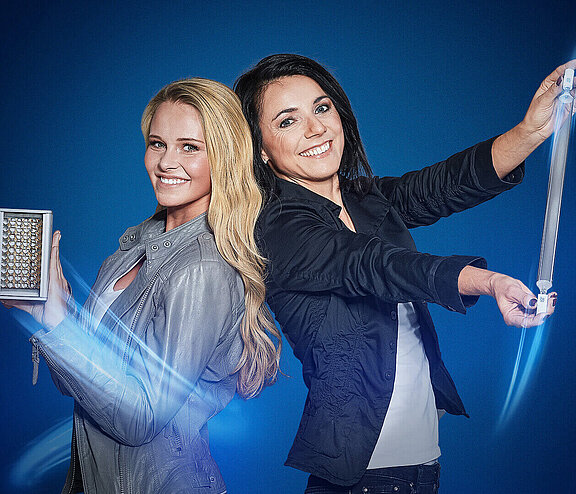Efficient LED UV curing technology for coating industries

LED technology has become a real alternative solution in the sphere of light curing. To date, the efficiency of both the individual LEDs and the system as a whole have been increased, resulting in further improved drying quality. Simple integration, dispensing with ozone and mercury and the lack of thermal radiation favour a broad range of applications for this technology in industrial curing.
Whether in the curing of printing inks, adhesives or varnishes on various substrates – LED UV curing is seeing high growth rates in coating industries. However, distribution of the two technologies differs widely in the various segments. Overall, LED systems are most frequently used in inkjet and adhesives applications.
Advantages of LED UV technology
Polymerization with LED UV light
In principle, the polymerization process with an LED system is identical to the familiar UV technology. The only difference is that the chemistry of reactivity and surface properties has to be optimized. If the aforementioned conditions are satisfied in terms of inks, varnishes, adhesives, coatings etc., LED systems are successfully used in a printing press, for example. This new curing technology is more and more used in inkjet applications. For curing purposes, LED systems use the property of light-emitting diodes to convert electrical current straight into light. They are based on semiconductor compounds which give off energy in the form of ultraviolet radiation or even visible light as soon as electrical current flows through an LED in the forward direction.

How much energy can be saved with LED UV technology?
This is probably the most frequently asked question and cannot be answered in general terms. The more reactive inks means that energy savings are generally possible. As an LED UV system is ready for use as soon as it is switched on, standby times are eliminated. Format switching allows the power-saving switch-off of LEDs outside the print format, what offers further savings potential. We have understood that UV systems must be able to do more than just curing. Our LED systems are therefore equipped with the new SMARTcure technology from IST METZ. SMARTcure is the new digital brain of our special light sources and enables maximum energy and CO² savings as well as high efficiency and a long service life for your light sources.
Who owns the future - UV LED or UV lamp?
LEDs have already become a popular choice for lighting. LED UV technology has already made inroads in terms of curing printing inks in the printing industry, too. Applications in other industrial spheres are on the threshold, but awaiting the development of LEDs with shorter wavelengths.

